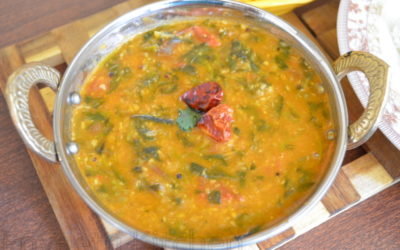HALWAS AND BURFIS
Most types of Halwa are relatively dense confections sweetened with sugar or jaggery and use large quantities of ghee in their making. The texture may vary, but semolina based Halwa, which are the most popular, are gelatinous and translucent. In North India, kada prasad offered in the gurdwara of Sikh temples is a wheat based, ghee and sugar laden halwa.
India has many types of halwa sweet confectionery, region wise categorized. They include the widely popular suji (semolina) halwa. Other region specific halwa include wheat halwa, moong dal ka halwa, gajar (carrot) ka halwa, Dudhi (bottle gourd) Halwa, Kesari Bath (saffron colored semolina), etc.
Barfi, burfi 40 On the other hand, it is a dense milk-based sweet. A few of the famous varieties of barfi include besan barfi (made with gram flour), kaju barfi (made with cashews), pista barfi (made with ground pistachios), and sing barfi (made with peanuts). The main ingredients of plain barfis include condensed/thickened milk and sugar. The ingredients are cooked in a vessel until the mixture solidifies.
The flavour of a barfi is often enhanced with fruits (such as mango or coconut) or nuts (such as cashew, pistachio, or peanut) and spices (such as cardamom). Burfis are typically cut into square, diamond, or round shapes. The sweet is easily adapted for casual occasions to the most formal event. Different types of barfi vary in their colour and texture.
The confection is served all year round, but especially consumed during the holiday seasons, wedding ceremonies, and religious festivals. Barfi is often served during Eid and also Diwali.
Black Flour Halwa

Ingredients:
Red rice powder – ½ padi
Coconut milk – ½ padi
Broken wheat milk – ¼ padi
Buffalo milk – ¼ padi
Brown sugar – 20 palam
Ghee – 7 and ½ palam
Cardamom powder – 1/8 palam
Nutmeg powder – 1/8 palam
Mace – 1/8 palam
Ghee – 2 and ½ palam
Green edible camphor – 1/8 rupee coin size
Method:
● This item is specially done in the west. This is a very healthy dish for the body.
● Grind finely black rice flour ½ padi in a grinder and set aside. Grate three big coconuts, grind and squeeze the milk ½ padi out of it. Then once again grind the grated coconut out of which milk has already been squeezed, by sprinkling some water and set aside ½ padi.
● Put 1/8 padi wheat/semolina in ½ padi water and soak it for half an hour and grind it. Take the milk out of it and grind again the left over. Squeeze the milk out of it again.Check if the semolina has slippery substance in it. Until it is dry, keep on sprinkling water and squeeze the milk out of it. Set aside the milk for some time. Pour out the water on top without stirring. Mix the thick white milk 1/8 padi with the coconut milk.
● Add buffalo milk ¼ padi into the semolina milk and coconut milk mixture and the ground rice flour. Make it like a batter. Pour it into a wide mouth vessel and put it on fire. Boil it until it becomes like a thick porridge. Keep stirring it to avoid burning from the bottom.
● Mix brown sugar 20 palam and ghee 7 and ½ palam into the porridge and stir it in the fire until it becomes non-sticky. At this point add cardamom, nutmeg powder and mace powder into the porridge.
● Take a coated wide mouth tray and smear ghee on it. Pour the porridge into the tray and spread evenly. After it cools down, make squares out of it. Add also green edible raw camphor powder into it.





0 Comments